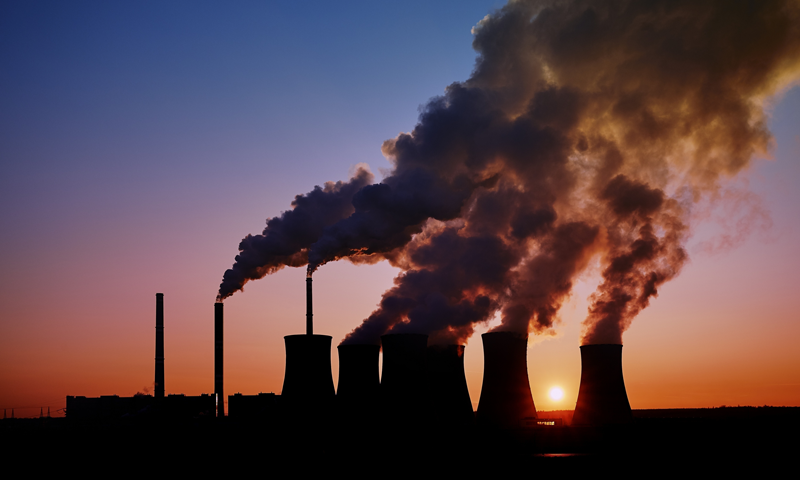Originally published by RenewEconomy
Prior to the COVID-19 pandemic, the Prime Minister flagged the potential for deeper cuts in Australia’s emissions that would deliver a net zero economy by 2050, a doubling of renewable energy in the National Electricity Market (NEM) and “more than 100 new technologies” to reduce emissions.
Earlier, the Energy Minister, Angus Taylor on two occasions both questioned “aggressive top-down targets” with no “clear pathways to deliver” and yet noted that there is “enormous potential in established and emerging technologies such as hydrogen, carbon capture and storage, biofuels, lithium production and waste-to-energy”.
Following Energetics’ previous analysis of the government’s 2019 emissions projections for the nation, we now assess the technologies available to meet our targets. What we saw in the 2019 emissions projections is that the government was only really considering one new technology – electric vehicles, and one not so new technology – renewable electricity generation, coupled with pumped-hydro and battery storage.
Other improvements in emissions performance simply reflected the business-as-usual evolution in technology.
Energetics evaluates other potential technologies against three assessment criteria: maturity, cost-effectiveness and potential impact on Australia’s emissions. We show where substantial investment could be made and where some technologies are simply not feasible within the Australian context.

Are there any ‘silver bullets’?
The largest single source of greenhouse gas emissions in Australia is the burning of coal for electricity generation, followed by fuel combustion in cars. Excluding emissions from coal-fired generation, the major sources of emissions are transport, heating, motive power, enteric fermentation in livestock and fugitive emissions.
While multiple sources, the requirement remains to find low emission technologies that address several sources. Two technologies stand out.
The first is electrification – of transport via electric vehicles and of heating using heat pumps (in both cases using renewable electricity). The second option is zero emissions fuels – hydrogen and biofuels.
Two themes emerge. First, electrification can (and already does) provide cost effective options for decarbonising certain applications such as light vehicles and low temperature heating. However, it is not yet cost effective, or feasible in some cases, to use electrification for heavy vehicles and high temperature heating. Secondly, renewable fuels provide a route to zero emissions where electrification is not feasible and can substitute for electrification even when feasible and cost effective. For instance, fuel cell electric vehicles are already available.
Renewable hydrogen is interesting. A substitute for fossil fuels in significant sources such as engines and furnaces, it can reduce certain industrial emissions such as those associated with the reduction of metal ores. Renewable hydrogen could be the next silver bullet.
However, while the pathway to renewable hydrogen is well known, advances are required for it to be cost effective and widely deployed.
Tackling the rest – should it be technology or trees?
The decarbonisation of energy can be achieved through a combination of electrification and switching to zero emissions fuels. Decarbonising energy can reduce Australia’s emissions by two thirds by 2030.
Low and zero emissions technologies have been identified for non-energy related emissions but are not yet available for commercial or even pre-commercial deployment. Some emissions may never be eliminated at source.
The remaining emissions come from fugitive emissions associated with energy production and use, agriculture, industrial processes, waste and land use.
Three of these sources are associated with the extraction and use of energy (fugitives from coal mines, LNG and other domestic natural gas), two are due to enteric fermentation in livestock and two are due to industrial processes.
All require solutions to reduce emissions (feed changes as a way to reduce enteric emissions) or changes in the markets (falling demand for fossil fuels or policies to eliminate products used as substitutes for ozone depleting substances).
The technologies to eliminate many of the non-energy related emissions are less well defined than the available or potential technologies that address energy related emissions, creating greater uncertainty about the magnitude and timing of abatement.
Australia needs a Plan B to deal with emissions that cannot be eliminated in either a cost-effective manner or in time to meet national emissions reduction targets. Land-based sequestration is Australia’s Plan B. In 2015, the CSIRO assessed the significant potential for land-based sequestration in Australia.
However, land-based sequestration is the ‘easy’ option and it should not become Australia’s Plan A! Such a short-sighted solution would do little to transform Australia’s economy and leave our nation vulnerable in the global transition to decarbonisation.
Our new vision should include the continued uptake in renewable generation and electric vehicles, followed by electrification and zero emissions fuels, supported by land-based sequestration for sources where no other emissions reduction technology is available.
Pending technology maturity, cost-effectiveness and potential impact, we could already have the silver bullets we need. Could this be part Australia’s post-COVID-19 future?






